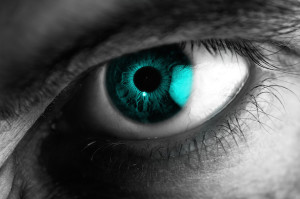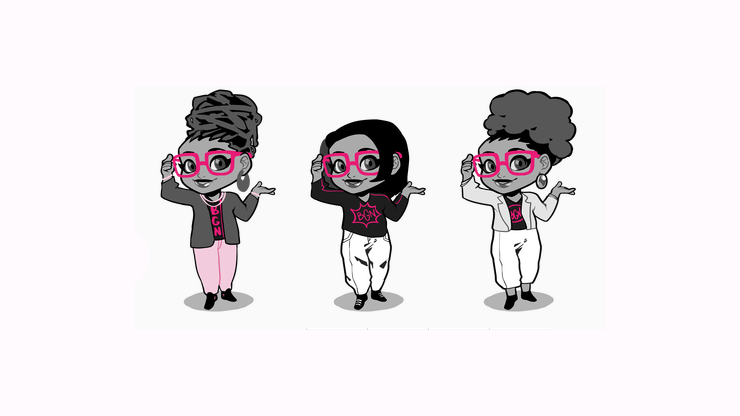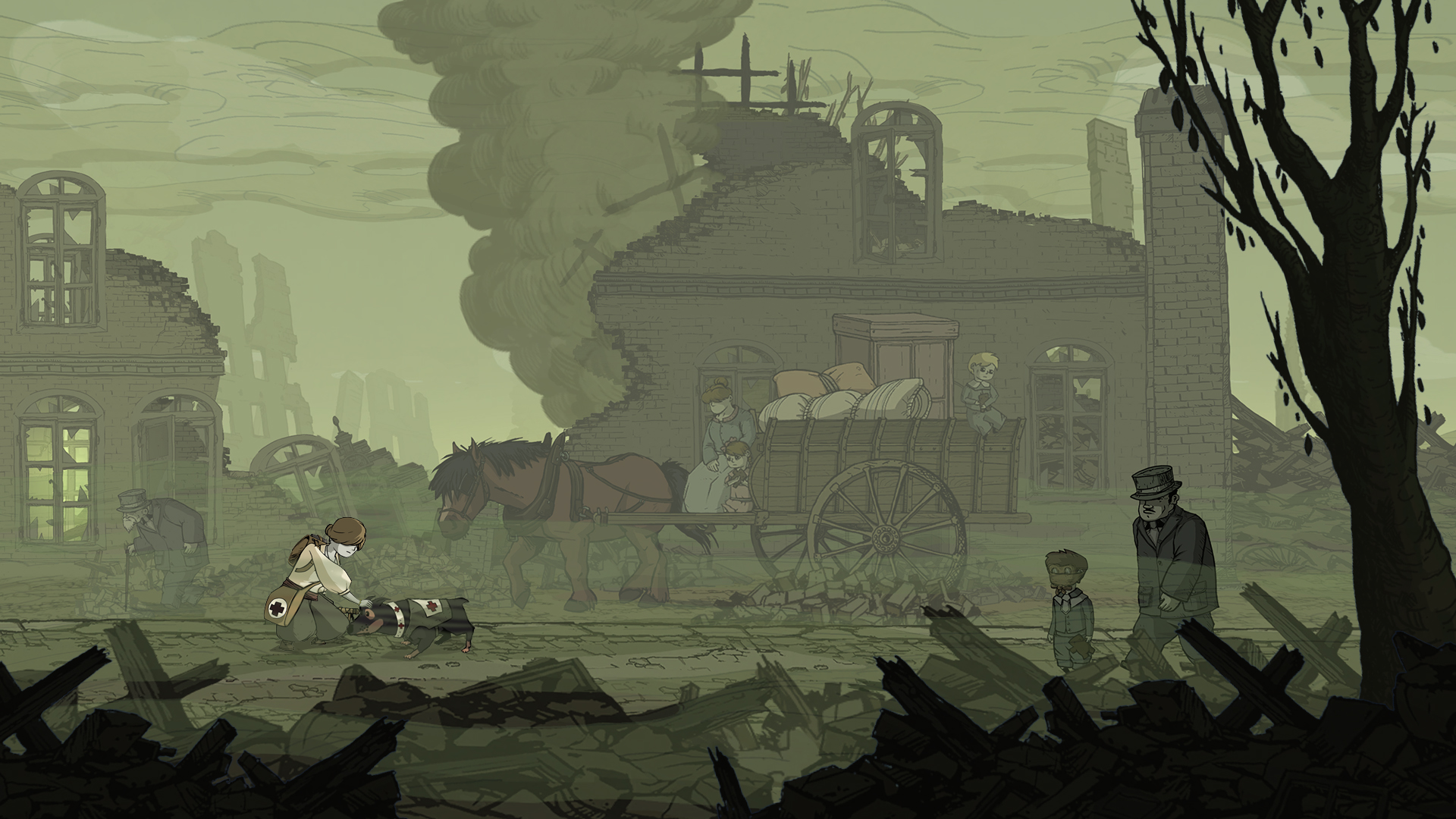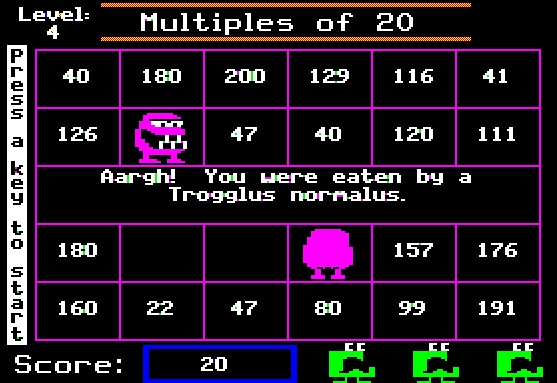 A new Tropes vs. Women in Video Games episode came out earlier this month, this one specifically on body language and the male gaze. In this episode, Sarkeesian focuses especially on the notion of movement as something that “can be a powerful thing” because movement can sometimes “tell us the most about a character. The way they do simple things like walk, or sit down. And like anything else about a character, movement can be used in ways that resist tired gender stereotypes, or in ways that reinforce them.” It’s this idea of reinforcing gendered stereotypes that Sarkeesian highlights here because, as she argues, “the way that women move in games isn’t just used to suggest their confidence or their skill or some other facet of their personality. It’s very often used, in conjunction with other aspects of their design, to make them exude sexuality for the entertainment of the presumed straight male player.”
A new Tropes vs. Women in Video Games episode came out earlier this month, this one specifically on body language and the male gaze. In this episode, Sarkeesian focuses especially on the notion of movement as something that “can be a powerful thing” because movement can sometimes “tell us the most about a character. The way they do simple things like walk, or sit down. And like anything else about a character, movement can be used in ways that resist tired gender stereotypes, or in ways that reinforce them.” It’s this idea of reinforcing gendered stereotypes that Sarkeesian highlights here because, as she argues, “the way that women move in games isn’t just used to suggest their confidence or their skill or some other facet of their personality. It’s very often used, in conjunction with other aspects of their design, to make them exude sexuality for the entertainment of the presumed straight male player.”
The episode particularly interrogates this “presumed straight male player” through Laura Mulvey’s 1975 conception of the male gaze, a concept that Sarkeesian defines as the tendency for the visual arts to assume, and be structured around, a presumed masculine viewer, or in this case, player.” Indeed, Sarkeesian especially notes that the manner in which female characters’ walk patterns are animated is “an example of one of the ways the male gaze manifests in video games.” Sarkeesian continues,
The male gaze manifests when the camera takes on the perspective of a stereotypical heterosexual man. An indisputable example of this is when the camera lingers, caresses, or pans across a woman’s body– although it’s not always that obvious. In games, it can be as simple as the in-game camera resting so that a character’s butt or breasts or both are centerline, it can be cutscenes that rest on a woman’s butt, it can be clothing that they are wearing or the way they talk, or it can be as basic as the way a female character moves around the game world.
Sarkeesian also works to complicate her interrogation of the male (player’s) gaze by noting that “the male gaze is not a hard and fast rule; it’s a theoretical concept that is meant to help us understand the sometimes subtle and nuanced ways in which our culture influences media, and the way that media, in turn, can shape and reinforce existing gender dynamics in our culture.” Such reinforced gender dynamics, Sarkeesian ultimately argues, reveal that “there’s a whole world of untapped potential for representations of female characters who aren’t animated in ways that frame them as sex objects, but who get to just be as stealthy or strong, swift or imposing, clumsy or graceful.”
I’m taking a class on visual studies and visual theory this semester, and we’ve been talking a lot about the power in looking, the power of the gaze, the past few weeks. We’ve also been talking a lot about things like what an image is, what vision is, what visual culture is, what visuality is. And as a result, I’ve been thinking a lot about eyes, the body, vision, the gaze, the look, and I find myself wondering—what does it mean to see? What does it mean to be seen? What does this mean for me? But also, what does this mean for more than just me? These are the questions I find myself coming back to, and, I find myself especially working to make sense of them in conversation with the latest Tropes vs. Women video and through the lens of the gaze.
 Indeed, Sarkeesian briefly explores Mulvey’s discussion of the male gaze, but perhaps some more extensive examination and contextualization might be useful when thinking about the implications of applying Mulvey’s theoretical frameworks to video games—because while Sarkeesian is specifically talking about games, Mulvey originally interrogates the idea of the gaze through an examination of gender in film in “Visual Pleasure and Narrative Cinema.” Through such an examination, Mulvey argues that the voyeuristic separation the audience experiences when viewing the film on screen positions the spectator as one who projects repressed desire onto the performer on screen. And this repressed desire, Mulvey argues, is gendered in nature in that it splits the pleasure in looking along the lines of the active/male and the passive/female. This split, then, manifests itself through the male gaze that positions the female figure on screen as the representation of sexual difference, and this sexual difference is one that invokes voyeuristic fantasy—it invokes the image of woman as existing for the display of the gaze, for the enjoyment of men, for the sole role of being passively seen. In this way, Mulvey contends, men are the active controllers of looking. And in doing so, in highlighting these manifestations of the male gaze in relation to film, Mulvey ultimately hopes to expose the manner in which the cinema builds such gendered modes of looking into the very structure of film itself in order to begin breaking down and challenging the ways cinematic codes reify external structures of gender and power.
Indeed, Sarkeesian briefly explores Mulvey’s discussion of the male gaze, but perhaps some more extensive examination and contextualization might be useful when thinking about the implications of applying Mulvey’s theoretical frameworks to video games—because while Sarkeesian is specifically talking about games, Mulvey originally interrogates the idea of the gaze through an examination of gender in film in “Visual Pleasure and Narrative Cinema.” Through such an examination, Mulvey argues that the voyeuristic separation the audience experiences when viewing the film on screen positions the spectator as one who projects repressed desire onto the performer on screen. And this repressed desire, Mulvey argues, is gendered in nature in that it splits the pleasure in looking along the lines of the active/male and the passive/female. This split, then, manifests itself through the male gaze that positions the female figure on screen as the representation of sexual difference, and this sexual difference is one that invokes voyeuristic fantasy—it invokes the image of woman as existing for the display of the gaze, for the enjoyment of men, for the sole role of being passively seen. In this way, Mulvey contends, men are the active controllers of looking. And in doing so, in highlighting these manifestations of the male gaze in relation to film, Mulvey ultimately hopes to expose the manner in which the cinema builds such gendered modes of looking into the very structure of film itself in order to begin breaking down and challenging the ways cinematic codes reify external structures of gender and power.
That being said, I think that it’s important to note that Mulvey was writing about these things in 1975, and I think it’s really easy to apply theories like that of the male gaze in ahistorical and essentialist ways. So something I’ve been thinking about is how it is we might more effectively historicize the male gaze—how might we situate it in the contemporary moment, how might we broaden the conversation, how might we contexualize, complicate, and problematize the idea of the male gaze, especially within the specific context of video games? And further, how might we begin to go about disrupting the manner in which these gendered structures and hierarchical modes of looking impact the ways we play games?
Perhaps bell hooks offers us a way of complicating this idea of the gaze in her essay “The Oppositional Gaze: Black Female Spectators.” hooks, like Mulvey, notes the political power in looking and, as such, similarly works to challenge the gaze and the pleasure mainstream film provides. But hooks specifically argues that such power can afford spaces of agency and sites of resistance for black spectators; in other words, the gaze can allow black spectators to look back, to gaze critically and oppositionally. Such oppositional looking can also occur, hooks continues, through the choice to stop looking, a choice carried out as an act of resistance and protest again the negation encountered through the screen. And, for hooks, this rejection of negation motivates the oppositional gaze. Thus, hooks’s oppositional gaze functions as a strategy to counter and resist the violence of the male gaze—a strategy that makes space for discussions of other modes of spectatorship and that allows us to discuss not only issues of gender but also of race when thinking about the potential representational violences perpetuated through the male gaze.
 Reflecting on all this, I realize that I have always thought of the gaze in terms of representation—as the manner in which women are represented on the screen as objects to be consumed by the male gaze. But I have come to realize that my understanding of the gaze thus far has been limited because I have, it would seem, always understood the gaze as being a more passive construction, as passively linked to representation. But hooks’s call for an oppositional gaze has shifted my understanding of the gaze—indeed, the gaze is not simply a passive construction, it is not simply about how things are represented, but it is about how we actively engage with such representations. It is about the act of viewing, the act of seeing, the act of interpreting, and, in the case of video games, the act of playing. As such, the (male) gaze is not simply a static mode of oppression, but an active, fluid process that can be manipulated and mutated—a process capable of resistance as much as it is capable of oppression.
Reflecting on all this, I realize that I have always thought of the gaze in terms of representation—as the manner in which women are represented on the screen as objects to be consumed by the male gaze. But I have come to realize that my understanding of the gaze thus far has been limited because I have, it would seem, always understood the gaze as being a more passive construction, as passively linked to representation. But hooks’s call for an oppositional gaze has shifted my understanding of the gaze—indeed, the gaze is not simply a passive construction, it is not simply about how things are represented, but it is about how we actively engage with such representations. It is about the act of viewing, the act of seeing, the act of interpreting, and, in the case of video games, the act of playing. As such, the (male) gaze is not simply a static mode of oppression, but an active, fluid process that can be manipulated and mutated—a process capable of resistance as much as it is capable of oppression.
As such, the gaze can also be about the act of resisting, the act of critiquing, the act of speaking out. This is not to say that engaging with the manner in which things are represented, as Sarkeesian does, is not important, but it seems just as important (if not more so) to interrogate the various ways we interact with such representations—as spectators, viewers, readers, players, participators. For, by engaging with both, perhaps we might begin to have a deeper understanding of what seeing and being seen comes to mean to us. And perhaps such an understanding can help us develop a more critical, oppositional gaze.
 But is this enough? Is it enough just to have an oppositional gaze? hooks does argue that the oppositional gaze allows us to do more than simply react, to move beyond resistance, through the creation of alternative texts. But how do we create such texts? How do we do more than react? And is there more we can do? Does the oppositional gaze function on a larger scale? In other words, I wonder (and will most likely continue to wonder) how else it is we can make use of the ways we see/play (and the ways we are seen/played) as a form of continued collective resistance—how we can actively use our eyes, looks, gazes, and play to do more.
But is this enough? Is it enough just to have an oppositional gaze? hooks does argue that the oppositional gaze allows us to do more than simply react, to move beyond resistance, through the creation of alternative texts. But how do we create such texts? How do we do more than react? And is there more we can do? Does the oppositional gaze function on a larger scale? In other words, I wonder (and will most likely continue to wonder) how else it is we can make use of the ways we see/play (and the ways we are seen/played) as a form of continued collective resistance—how we can actively use our eyes, looks, gazes, and play to do more.





One thought on “Video Games and the Gaze: What Does it Mean to See/Play and Be Seen/Played?”
I’m glad to see you extending Sarkeesian’s use of Mulvey’s theory, as I too find it limited but important. And I appreciate the idea of an oppositional gaze–and, implicitly, the notion that the gaze frames different kinds of bodies differently. However, one thing that I don’t see you or Sarkeesian addressing is Mulvey’s argument that the gaze is enabled by a particular technology (film), a specific narrative framework (stories of male agency), and a particular institutional setting (the bourgeois theatre-viewing setting of the 1950s, with its darkness and popcorn). So, if we want to make sense of how the gaze functions in games and the pleasures it promotes and rewards, we need to construct a similar, multi-faceted analysis. I think such an analysis would help us to understand mutations in the gaze that continue to affirm male supremacy, but also emergent strategies of appropriation. I’d add to this conversation the essay Mulvey wrote as a follow up to her “Visual Pleasure” essay, which responds to the issue of the non-hetero viewer, and her later work on fetishism. Teresa de Lauretis’s concept of gender as technology is also useful to consider here, as she considers feminist representation in this way.